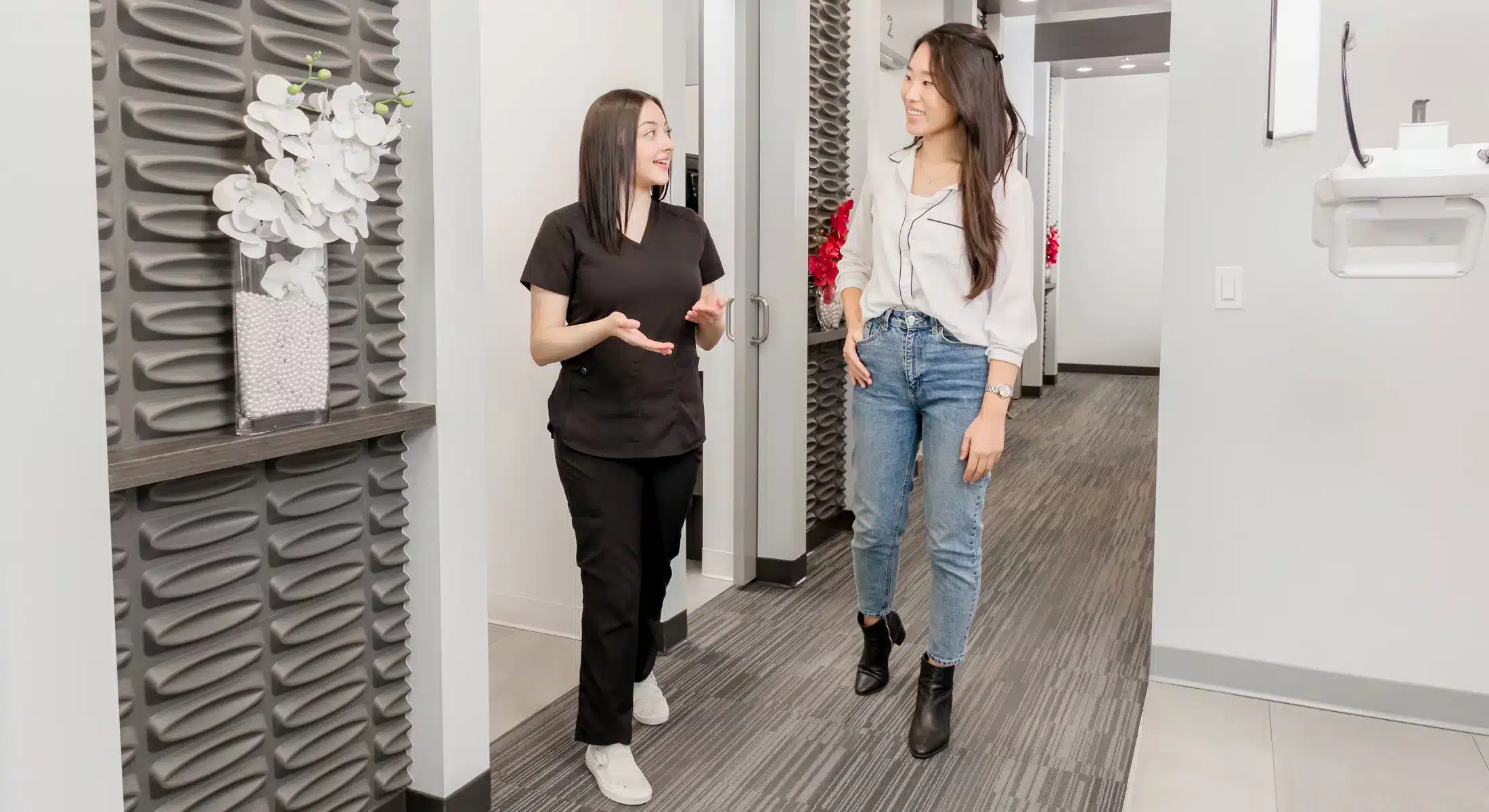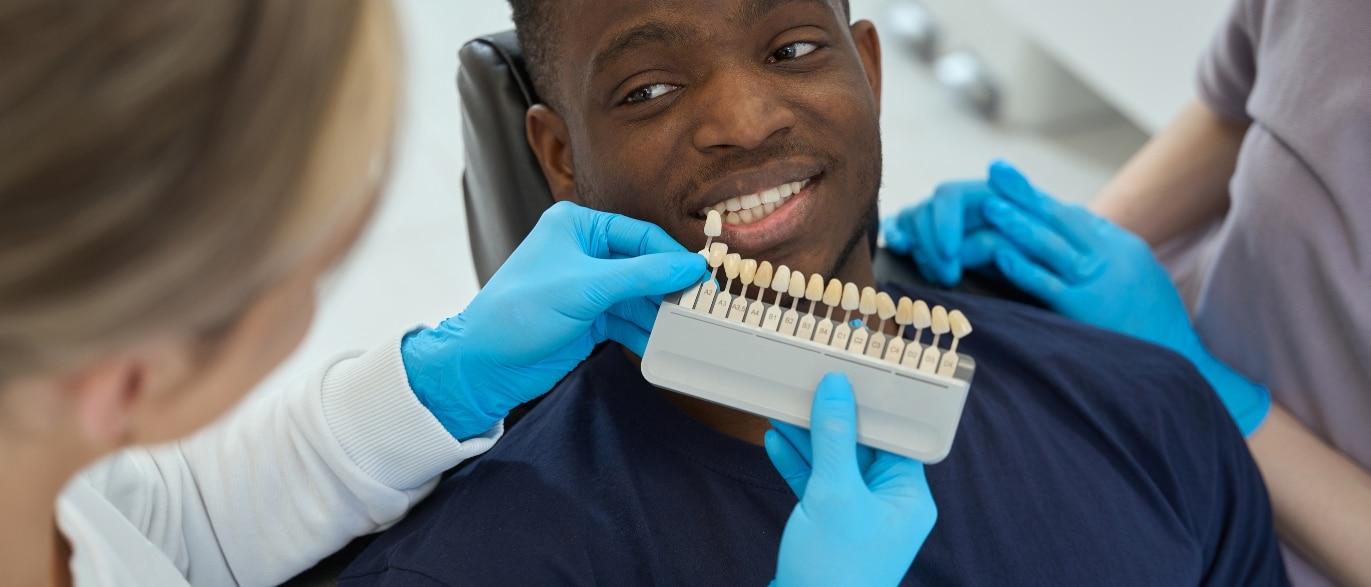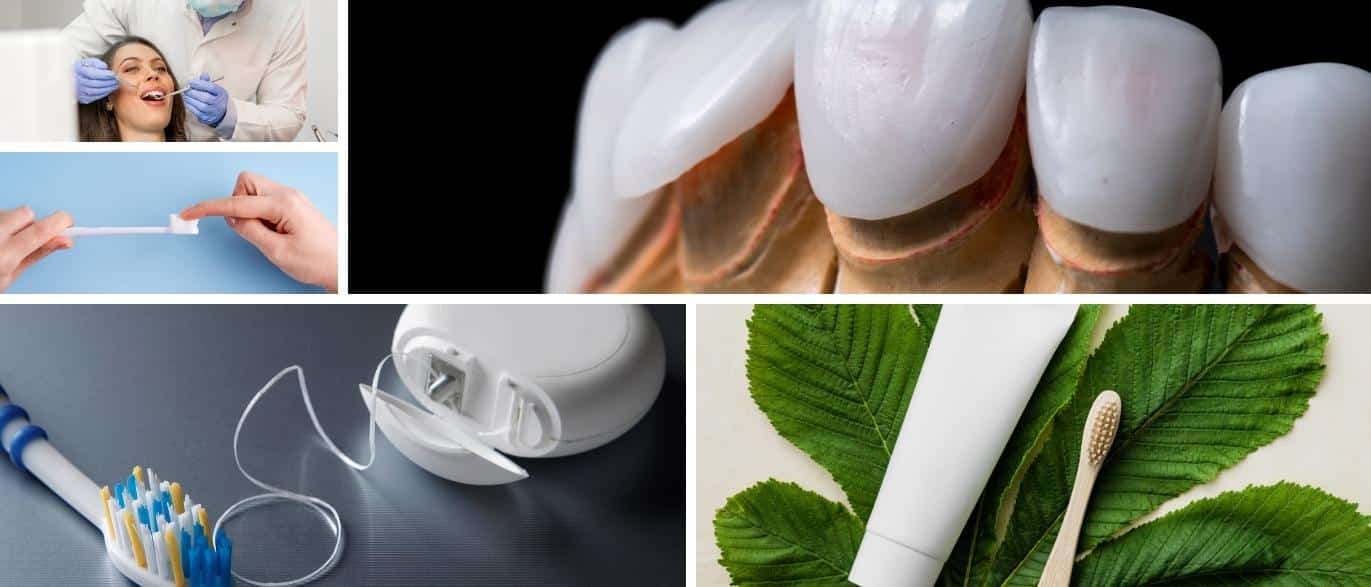Pearl Dental Blog

What To Do If You Have Major Pain After Dental Veneers
Understanding Dental Veneers
Dental veneers are the artists of cosmetic dentistry, crafting radiant smiles by adorning the front surfaces of teeth with custom-made, ultra-thin shells. Picture them as the haute couture of tooth enhancement, meticulously designed to cover imperfections, alter the shape, or improve colour. The process involves a delicate balance – a small portion of natural enamel is gently removed to ensure a seamless fit. This minimal alteration allows veneers to harmonize with your existing teeth, providing a natural and aesthetically pleasing appearance.
These veneers, typically crafted from porcelain or composite resin, boast durability and mimic the light-reflecting properties of natural teeth. While their transformative power is undeniable, understanding that this enhancement involves enamel removal is crucial. This insight sets the stage for appreciating the artistry behind dental veneers, offering a glimpse into the meticulous craftsmanship that goes into creating a flawless, confident smile.
Common Causes of Major Pain
Major pain following dental veneers can be attributed to several factors, each demanding attention for effective relief. A primary cause is the increased sensitivity resulting from the removal of a small portion of natural tooth enamel during the veneer placement process. This process can render the nerves in the teeth more responsive, leading to heightened discomfort, especially when exposed to hot or cold stimuli.
Improper bonding or fit issues represent another significant cause. If the veneers aren’t securely bonded or don’t align correctly with the natural teeth, it can create biting problems, triggering pain and discomfort during daily activities. Individuals with pre-existing dental conditions or those who grind their teeth may also experience exacerbated sensitivity, intensifying the potential for post-veneer pain. Understanding these common causes is pivotal in navigating discomfort effectively and seeking targeted solutions for a smoother post-veneer experience.
Preventive Measures
Preventing major pain after getting dental veneers is a proactive process rooted in communication and preparation. Initiate a candid conversation with your dentist before the procedure, discussing any pre-existing conditions or concerns you may have. A comprehensive pre-veneer examination allows your dentist to identify potential sources of post-procedure discomfort.
Additionally, opt for a desensitizing toothpaste recommended by your dentist. This specialized toothpaste gradually reduces sensitivity caused by enamel removal, promoting a more comfortable experience. Throughout the process, maintain open communication, ensuring your dentist is aware of any heightened sensitivity or pain during the veneer placement.
Proactive Steps to Alleviate Pain
Check out these simple steps to minimize the pain you experience due to dental veneers.
Over-the-Counter Pain Relief: When major pain lingers after dental veneers, over-the-counter solutions offer a swift ally. Opt for non-prescription pain relievers like ibuprofen to temporarily alleviate discomfort and inflammation. These accessible remedies provide a quick, effective response, allowing you to navigate through the initial post-veneer phase with greater ease.
Use of Desensitizing Toothpaste: Desensitizing toothpaste, recommended by your dentist, can help alleviate sensitivity caused by the removal of enamel. Regular use can gradually reduce discomfort.
Avoiding Trigger Foods: Temporarily avoiding extremely hot or cold foods and beverages can help minimize sensitivity. Opt for lukewarm items to ease the burden on sensitive teeth.
Follow-up with Your Dentist: If pain persists, schedule a follow-up with your dentist. They can assess the fit of the veneers, identify any bonding issues, and make necessary adjustments to enhance comfort.
Consideration of Bite Adjustment: Sometimes, discomfort results from misalignment, leading to irregular pressure on veneered teeth during biting and chewing. This misalignment can cause significant pain, affecting your overall experience with dental veneers.
Adhere to recommended dosage guidelines and, if pain persists, consult your dentist for personalized guidance on managing and mitigating post-procedural discomfort. It’s a small but significant step towards reclaiming comfort on your journey to a stunning and pain-free smile.
Your dentist, armed with diagnostic tools, will assess your bite and identify any irregularities. Bite adjustment involves subtle alterations to the surfaces of the veneers, ensuring they align harmoniously with your natural bite pattern. This meticulous process not only enhances comfort but also prevents potential issues like uneven wear and tear on veneers.
Think of it as fine-tuning a musical instrument to produce a seamless melody. Bite adjustment transforms your dental veneers into a symphony of comfort, allowing you to enjoy the full aesthetic benefits without the discord of pain. It’s a precision-driven solution that ensures your journey towards a perfect smile is not just visually stunning but also remarkably comfortable.
Dental veneers hold the promise of a radiant smile, but major pain post-procedure can be disheartening. By understanding the potential causes and implementing preventive measures, you can navigate through discomfort effectively. Proactive communication with your dentist and taking steps to alleviate pain ensure that your journey towards a stunning smile remains as comfortable as possible. Remember, discomfort is not a permanent companion; with the right approach, you can embrace the full potential of your dental veneers with a confident and pain-free smile.





